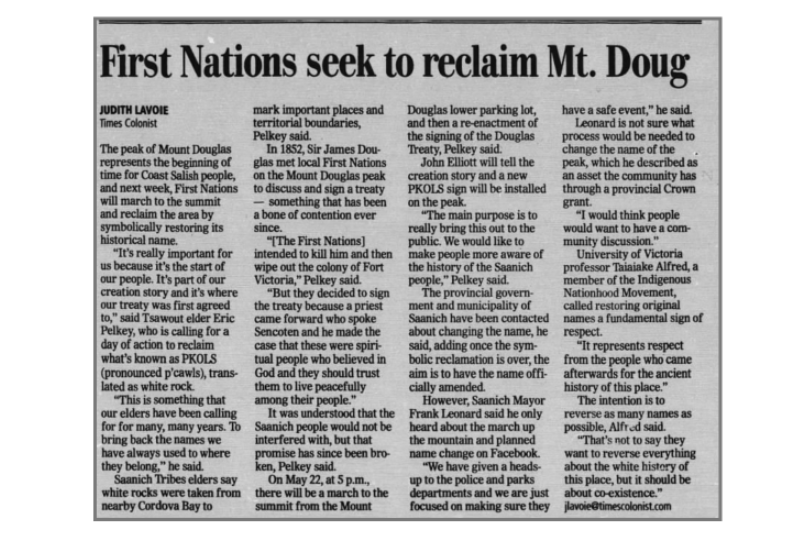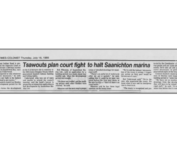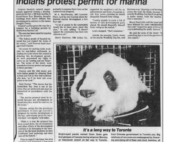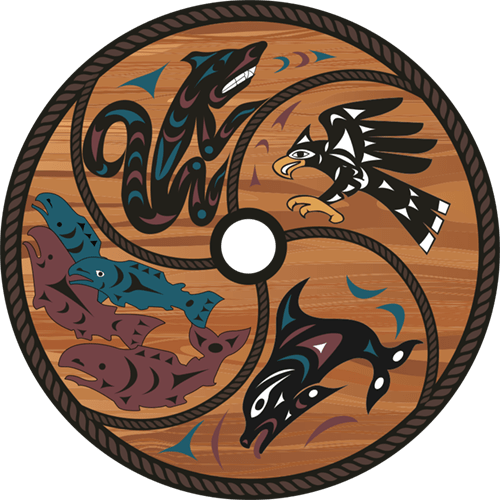
JUDITH LAVOIE
Times Colonist: May 16, 2013
The peak of Mount Douglas represents the beginning of time for Coast Salish people, and next week, First Nations will march to the summit and reclaim the area by symbolically restoring its historical name.
“It’s really important for us because it’s the start of our people. It’s part of our creation story and it’s where our treaty was first agreed to,” said Tsawout elder Eric Pelkey, who is calling for a day of action to reclaim what’s known as PKOLS (pronounced p’cawls), translated as white rock.
“This is something that our elders have been calling for for many, many years. To bring back the names we have always used to where they belong,” he said.
Saanich Tribes elders say white rocks were taken from nearby Cordova Bay to mark important places and territorial boundaries, Pelkey said.
In 1852, Sir James Douglas met local First Nations on the Mount Douglas peak to discuss and sign a treaty – something that has been a bone of contention ever since.
“[The First Nations] intended to kill him and then wipe out the colony of Fort Victoria,” Pelkey said.
“But they decided to sign the treaty because a priest came forward who spoke Sencoten and he made the case that these were spiritual people who believed in God and they should trust them to live peacefully among their people.”
It was understood that the Saanich people would not be interfered with, but that promise has since been broken, Pelkey said.
On May 22, at 5 p.m., there will be a march to the summit from the Mount Douglas lower parking lot, and then a re-enactment of the signing of the Douglas Treaty, Pelkey said.
John Elliot will tell the creation story and a new PKOLS sign will be installed on the peak.
“The main purpose is to really bring this out to the public. We would like to make people more aware of the history of the Saanich people,” Pelkey said.
The provincial government and municipality of Saanich have been contacted about changing the name, he said, adding once the symbolic reclamation is over, the aim is to have the name officially amended.
However, Saanich Mayor Frank Leonard said he only heard about the march up the mountain and planned name change on Facebook.
“We have given a heads up to the police and parks departments and we are just focused on making sure they have a safe event,” he said.
Leonard is not sure what process would be needed to change the name of the peak, which he describes as an asset the community has through a provincial Crown grant.
“I would think people would want to have community discussion.”
University of Victoria professor Taiaiake Alfred, a member of the Indigenous Nationhood Movement, called restoring original names a fundamental sign of respect.
“It represents respect from the people who came afterwards for the ancient history of this place.”
The intention is to reverse as many names as possible, Alfred said.
“That’s not to say they want to reverse everything about the white history of this place, but it should be about co-existence.”
jlavoie@timescolonist.com






